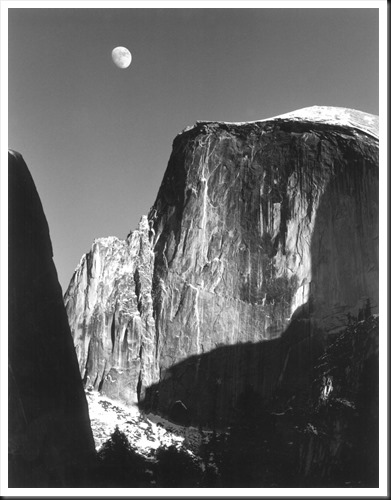The First Photographers – 1840 – 1860
The 20-year period beginning in 1840 saw an explosion in photography. Prior to that the camera obscura could project upside down and backwards images on a sheet of paper that could be traced to produce a drawing. In fact, that is how painters used it. But the projection could not be captured and saved…, until Louis Daguerre invented the daguerreotype.
Before the daguerreotype, if you wanted a portrait you hired a painter, an option that was available to only the wealthy. But the daguerreotype made portraits available to many more people. Painters initially rejected the notion, believing that their portraits were superior. But most eventually conceded that the daguerreotype could reproduce a more accurate image of the person in less time and more economically.
The daguerreotype had a life of merely ten years and was followed first by the calotype and then by the collodion process. And before the end of the century Kodak processed the role film which opened photography to everyone. Read more at In the Beginning There Was a Camera but No Film.
Since the daguerreotype and its successors were fast, accurate and highly detailed, they were seen as great ways of documenting the physical world but incapable of creating art. But, even in those early days, some pioneering photographers pursued photography as a legitimate artistic medium and produced stunning, ground-breaking images that still touch our souls more than a century and a half later. The struggle to recognize photographs as art began with the daguerreotype and continues to this day (although to a lesser degree).
Continue reading “The First Photographers: 1840 – 1860”
(2092)

